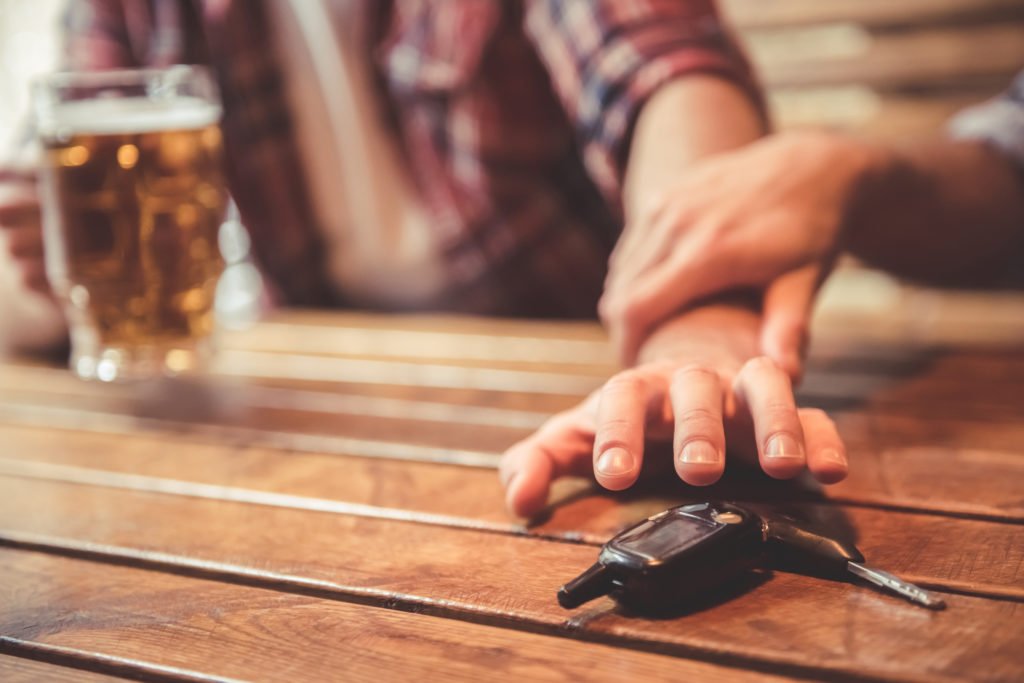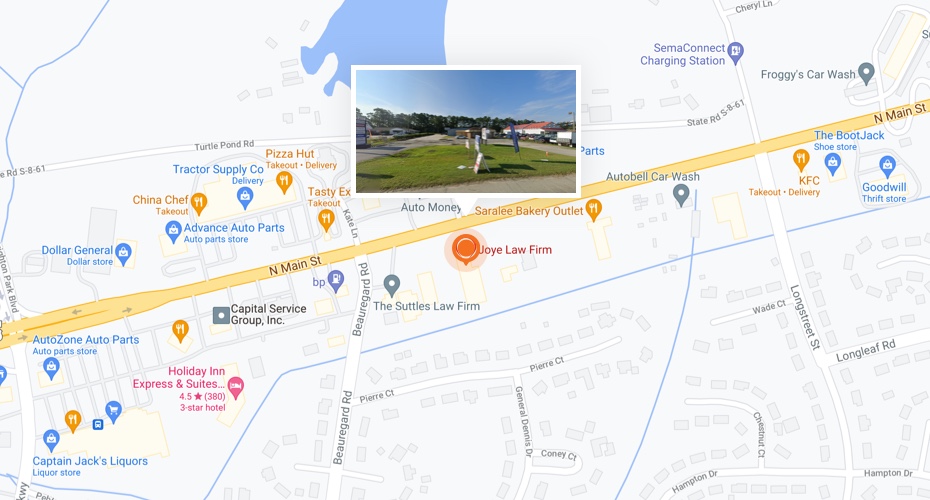
Riding a motorcycle is an exhilarating experience that offers riders unique freedom and sense of adventure. Maneuvering a motorcycle safely, however, also requires a great deal of skill and knowledge. One essential technique that every motorcycle rider should become familiar with is counter-steering.
Read on to discover the art of counter-steering, learn its significance for motorcycle riders, and gain the skills to effectively implement this technique on your motorcycle.
What is Counter-Steering?
Counter-steering is a fundamental technique motorcyclists use to initiate and maintain control while making turns or adjustments. When making a turn at higher speeds, a motorcyclist must lean with their bike in the direction that they wish to turn. In order to accomplish this feat without crashing, however, the cyclist must employ counter-steering. It involves a counterintuitive action where the rider applies pressure down and outward onto the handlebar, causing the handlebars themselves to turn slightly in the opposite direction from where they wish to turn. This slight input shifts the cyclist’s center of gravity towards the inside of the turn and causes the motorcycle to lean in the desired direction, facilitating smooth and precise cornering.
For instance, if you were to use counter-steering to turn right:
- Lean your body and your bike to the right as you begin your turn.
- Gently but firmly push down and outward on the right side of your handlebars to turn your front wheel slightly to the left as you begin to lean.
- Continue applying pressure to the handle bars and hold them steady as you turn.
- Allow the handlebars to straighten and reduce pressure as you return to an upright position and complete your turn.
In other words, push right to turn right!
The Physics Behind Counter-Steering
The physics behind counter-steering can be explained through gyroscopic action. When a force is applied to the top of a rotating wheel, the wheel reacts by moving in the direction of the force. This principle applies only to two-wheeled, single-track vehicles and does not apply to trikes or motorcycles equipped with a sidecar.
With motorcycles, pushing on the right handlebar (i.e. applying a force to the right) causes the bike to lean to the left. As a result, the centripetal force causes the front wheel to fall to the right and initiates a right-hand turn. This technique is crucial for maintaining stability and control during tight corners and other complex maneuvers.
Impact of Rider Experience on Motorcycle Crashes
Inexperienced riders are more likely to be involved in accidents because of their limited knowledge and skill in handling unexpected situations on the road. The National Highway Traffic Safety Administration reported that 36% of U.S. motorcycle riders in fatal accidents in 2021 lacked a valid license. Unlicensed riders were also more likely to engage in risky behaviors such as distracted riding, speeding, and driving under the influence. Rider experience is critical to reducing motorcycle accidents and keeping both riders and other road users safe.
Keep in mind, however, that counter-steering only works on two-wheeled vehicles like motorcycles. When driving a car, yanking the wheel to the right in an emergency will make the car turn sharply to the right. Taking the same action on a motorcycle–(i.e. pulling the right of the handlebars towards you) is extremely dangerous and could get a rider killed! An inexperienced rider is more likely to make this mistake whereas experienced riders know that they need to remain calm and do the opposite: gently push the right handlebar down and away from them to initiate a right turn!
Mastering counter-steering and other riding techniques can help riders improve their control over the motorcycle.
How to Counter-Steer Your Motorcycle
Counter-steering is a skill every motorcycle rider should master to improve their control and maneuverability. Follow these essential steps to effectively execute counter-steering on your motorcycle:
- Ensure proper hand placement on the handlebars: Place your hands on the handlebars with a firm overhand grip. Keep your wrists flat, but flexible. This hand position promotes optimal control and responsiveness during the maneuver.
- Begin counter-steering: Focus on the direction you intend to go as you approach a turn, then gently push down and outward on the handlebar on the same side as the direction of the desired turn – a.k.a. turning the handles in the opposite direction of the desired turn.
- Maintain balance and control throughout the maneuver: Once the motorcycle starts leaning into the turn, it is crucial to maintain balance and control. Keep your body relaxed and centered over the bike, allowing it to lean naturally. Turn your head and focus your vision on the end destination of your turn. Avoid jerky movements that could disrupt the flow of the turn.
Practicing Counter-Steering
Developing proficiency in counter-steering requires practice and the development of muscle memory. Consider the following tips to improve your counter-steering skills:
- Identify practice locations: Seek out empty parking lots or wide, low-traffic roads to practice counter-steering without traffic or other obstacles. These areas provide a safe environment to focus on mastering the technique.
- Gradually progress and build confidence: Begin with gentle turns at lower speeds and progressively increase the angle and speed of your bike as you become more comfortable with counter-steering. This gradual progression allows you to improve your ability to react in real-world riding scenarios.
- Incorporate counter-steering into emergency maneuvers: Counter-steering is vital for avoiding oncoming vehicles and road hazards such as debris. Practicing emergency maneuvers which incorporate counter-steering will improve your ability to react swiftly and use the technique effectively in unexpected circumstances.
Seek Legal Support for Motorcycle Accidents
Even when riders are experienced and use proper techniques like counter-steering, they can still be vulnerable to accidents caused by reckless or distracted drivers. In these situations, seeking legal assistance from the Myrtle Beach motorcycle accident lawyers at the Joye Law Firm becomes essential.
The Joye Law Firm has represented South Carolina residents’ interests since 1968, bringing over 250 years of combined legal experience to motorcycle accident victims.
Contact us today for a free case evaluation. We understand the complexities of motorcycle accident cases and the bias riders experience when involved in an accident. We are committed to protecting your rights and pursuing the compensation you are owed.






































